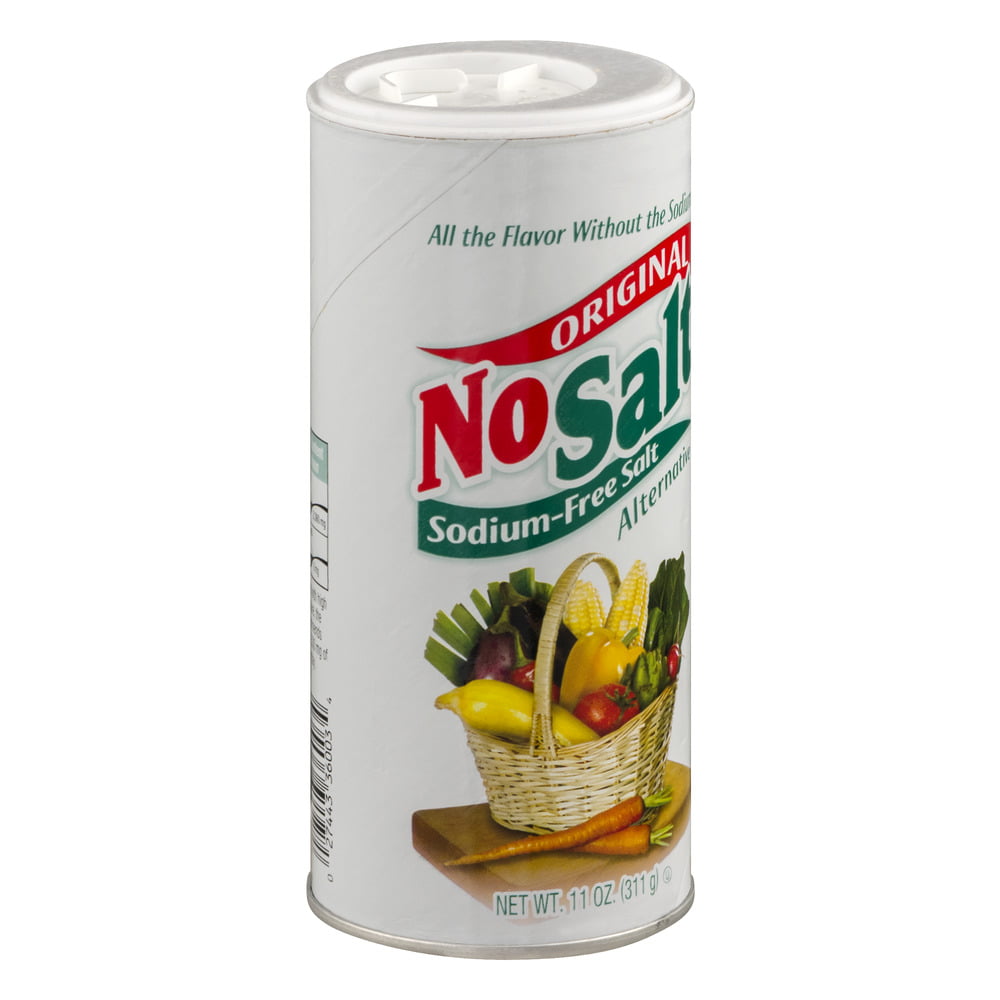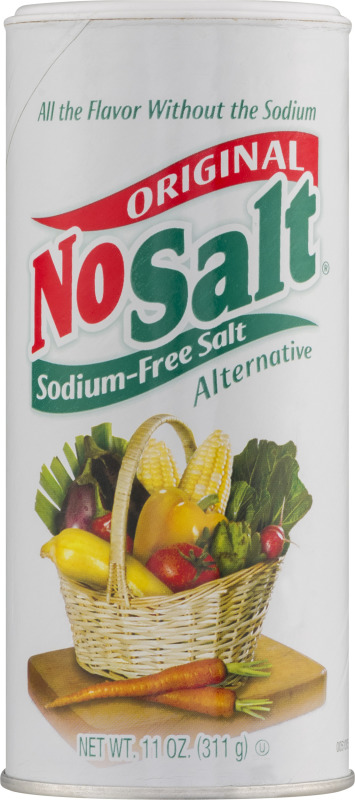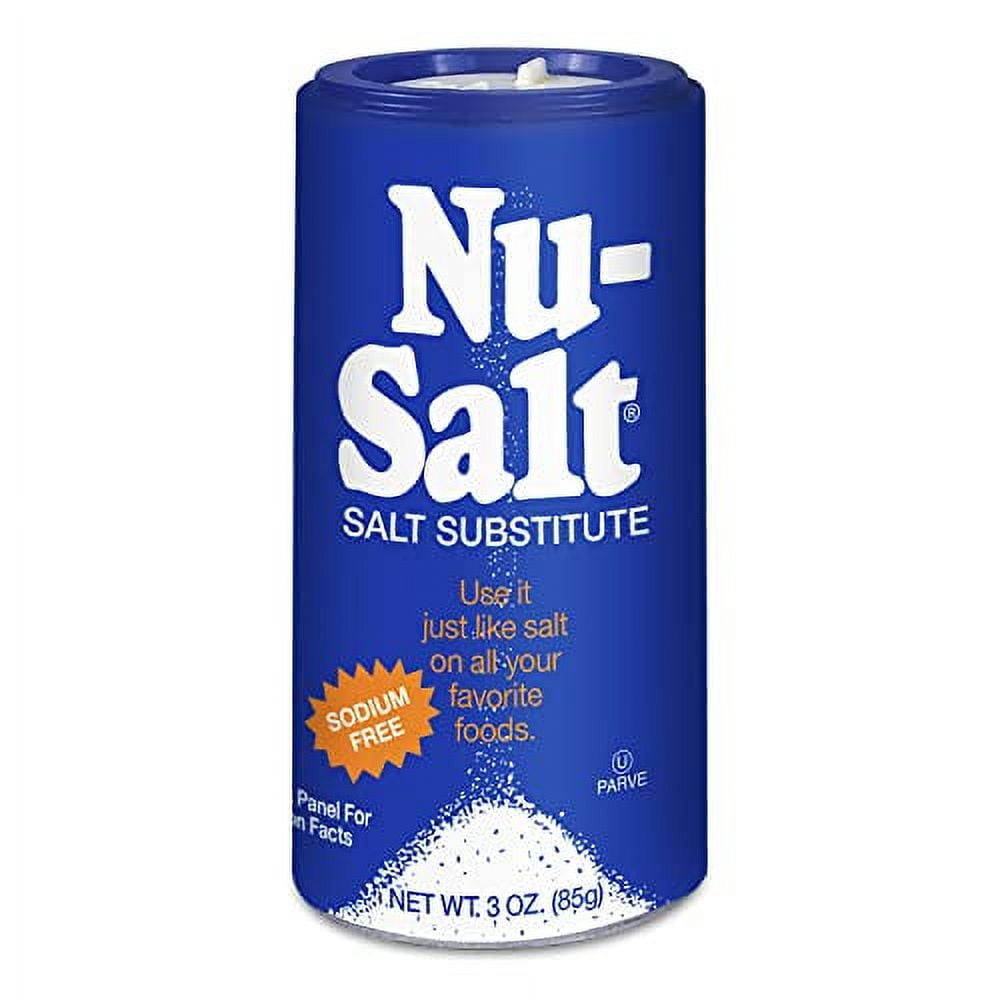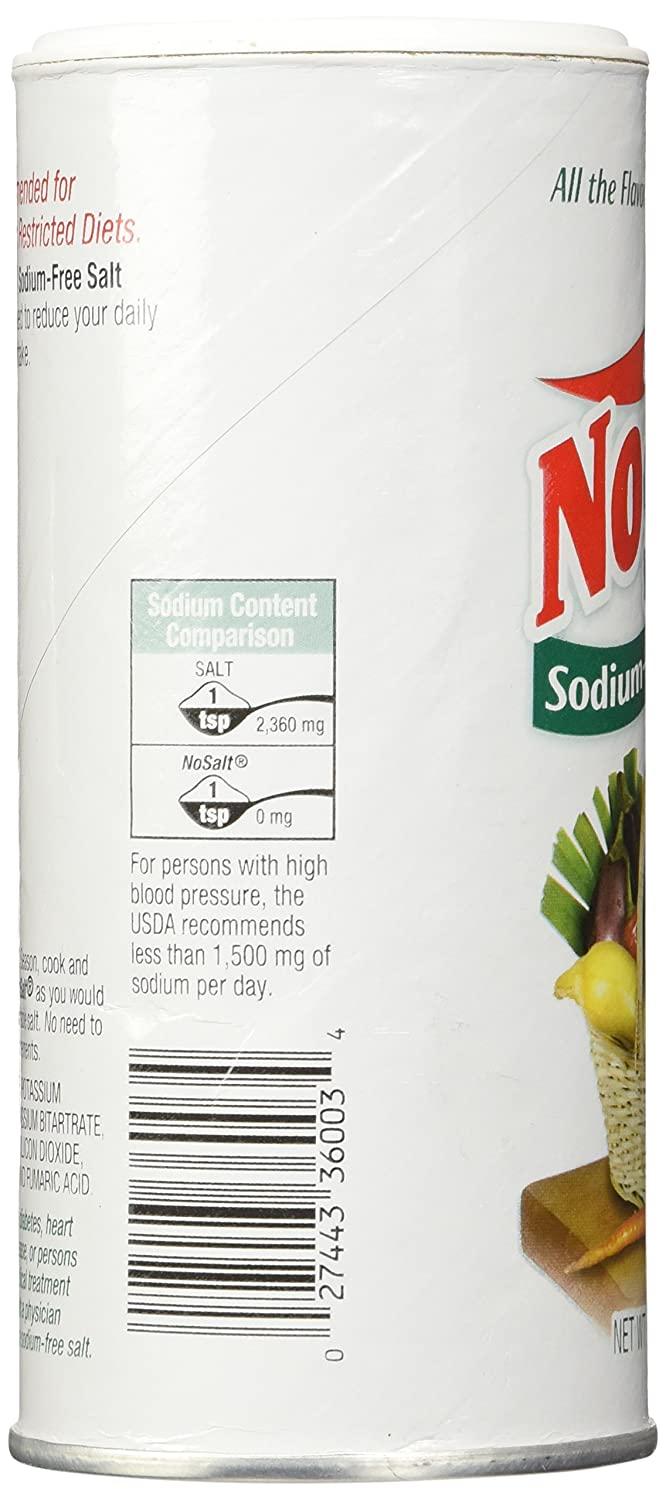Original No Salt Sodium Free Salt Alternative
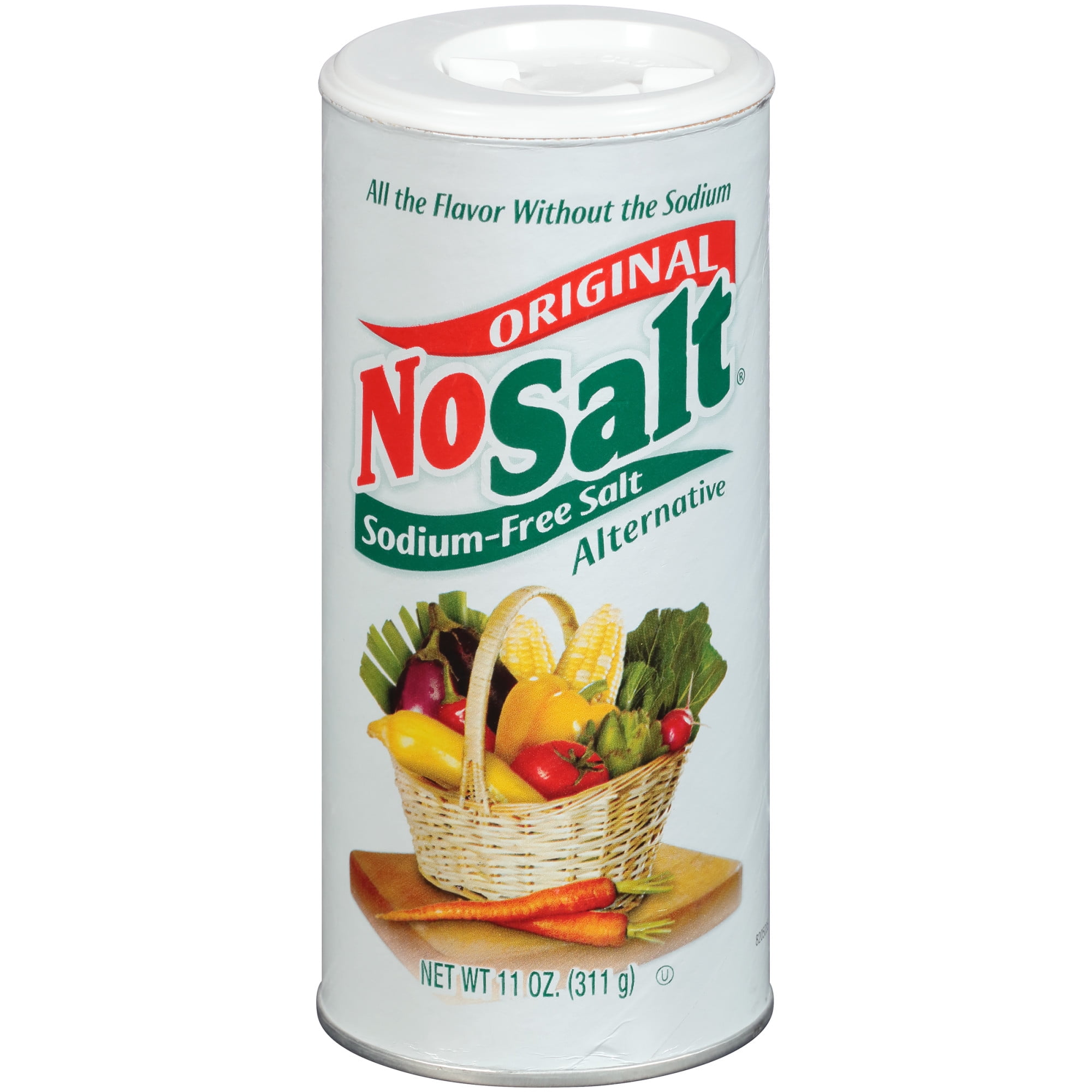
The relentless pursuit of a healthier lifestyle has driven consumers to scrutinize every ingredient, every additive, and every potential pitfall lurking within their daily diets. At the forefront of this revolution stands the ubiquitous seasoning: salt. But what if you could enjoy the flavor enhancement without the sodium's well-documented health risks? That's the promise behind "Original No Salt," a sodium-free salt alternative making waves in the food industry.
Original No Salt, and similar sodium-free alternatives, offer a lifeline to individuals managing hypertension, heart disease, or simply seeking a more mindful approach to their sodium intake. This article delves into the composition, benefits, potential drawbacks, and overall impact of Original No Salt on the food industry and public health, examining its rise in popularity and its role in shaping a future where flavor and health are not mutually exclusive.
What is Original No Salt?
Original No Salt is a salt alternative formulated to mimic the taste of table salt without the sodium chloride. Typically, it utilizes a blend of potassium chloride, along with other ingredients like magnesium sulfate, calcium silicate, and glutamates to achieve a savory flavor profile.
The specific formulation can vary between brands, but the key element remains the absence of sodium.
This makes it an attractive option for individuals advised to limit their sodium intake.
The Health Implications of Sodium Intake
The American Heart Association recommends limiting sodium intake to no more than 2,300 milligrams per day for most adults, and ideally no more than 1,500 mg per day for those with high blood pressure.
Excessive sodium consumption is linked to a range of health problems, including hypertension, stroke, heart failure, and kidney disease.
By offering a sodium-free alternative, Original No Salt aims to address this widespread health concern.
Benefits of Using Original No Salt
The most obvious benefit is the significant reduction in sodium intake. This can lead to lower blood pressure, reduced risk of cardiovascular diseases, and improved kidney function, particularly for individuals predisposed to or already suffering from these conditions.
Furthermore, Original No Salt allows individuals to enjoy the flavor-enhancing properties of salt without compromising their health.
This is particularly valuable for those who find it difficult to adhere to low-sodium diets due to the perceived lack of flavor.
Potential Drawbacks and Considerations
While offering numerous health benefits, Original No Salt is not without its potential drawbacks.
The primary ingredient, potassium chloride, can have a slightly metallic or bitter aftertaste, which some users find unpleasant.
Individuals with kidney problems should exercise caution when using Original No Salt, as excessive potassium intake can be harmful. It's important to consult with a healthcare professional before making significant dietary changes, especially if you have pre-existing health conditions.
Original No Salt in the Food Industry
The increasing demand for healthier food options has prompted many food manufacturers to incorporate Original No Salt into their products.
This allows them to offer reduced-sodium versions of popular foods without sacrificing flavor. However, reformulating products with salt alternatives can be challenging, as the taste and texture may differ from the original.
Manufacturers are continuously working to optimize their recipes to ensure that reduced-sodium products are both healthy and palatable.
Consumer Perception and Adoption
Consumer perception of Original No Salt is generally positive, especially among health-conscious individuals.
However, some consumers remain skeptical due to concerns about the taste and potential side effects.
Educating consumers about the benefits and limitations of salt alternatives is crucial to promote wider adoption.
"The key is to find a balance between taste and health," says Dr. Emily Carter, a registered dietitian. "Original No Salt can be a valuable tool in reducing sodium intake, but it's important to use it judiciously and in consultation with a healthcare professional."
Comparing Original No Salt to Other Salt Alternatives
Original No Salt is just one of many salt alternatives available on the market. Other options include sea salt, Himalayan pink salt, and various blends of herbs and spices.
While sea salt and Himalayan pink salt contain trace minerals, they still contain sodium chloride and do not offer the same sodium-reducing benefits as Original No Salt. Herb and spice blends can be a flavorful way to reduce sodium intake, but they may not always replicate the taste of salt.
Ultimately, the best salt alternative depends on individual preferences and dietary needs.
The Future of Sodium Reduction
The movement towards sodium reduction is likely to continue gaining momentum in the coming years. Governments and health organizations are increasingly advocating for lower sodium intakes, and food manufacturers are responding with innovative products and strategies.
Original No Salt and similar alternatives will play a crucial role in this effort, providing consumers with healthier and more flavorful options.
Technological advancements in food science may also lead to the development of even more effective and palatable salt alternatives in the future.
Expert Opinion
According to Professor David Miller, a food scientist at the University of California, Berkeley, "Original No Salt represents a significant step forward in the fight against excessive sodium consumption. While it's not a perfect solution, it offers a viable alternative for individuals seeking to improve their health."
He further emphasizes the importance of ongoing research and development to refine the taste and texture of salt alternatives.
His view also promotes broader consumer education about the benefits of sodium reduction.
Conclusion
Original No Salt offers a promising solution for reducing sodium intake without sacrificing flavor, addressing a critical public health concern. While it may not be suitable for everyone, it represents a significant step forward in the pursuit of healthier eating habits and a future where consumers can enjoy the taste they love while prioritizing their well-being.
Continued research, innovation, and consumer education are essential to further refine salt alternatives and promote wider adoption.
This will ultimately pave the way for a healthier and more flavorful future for all.
